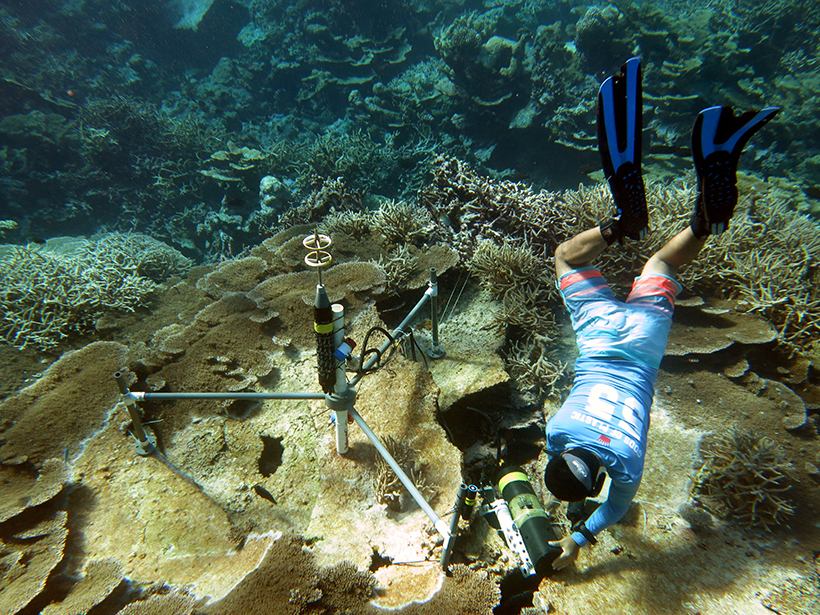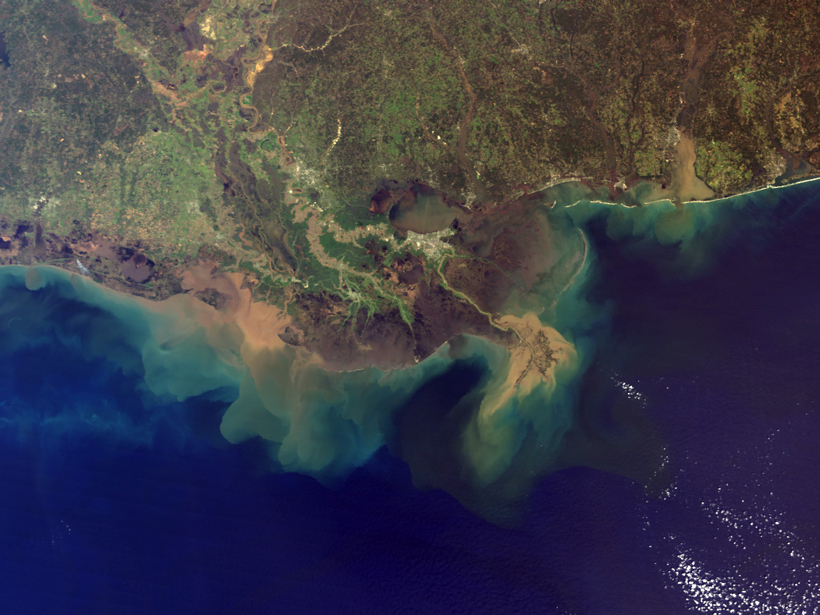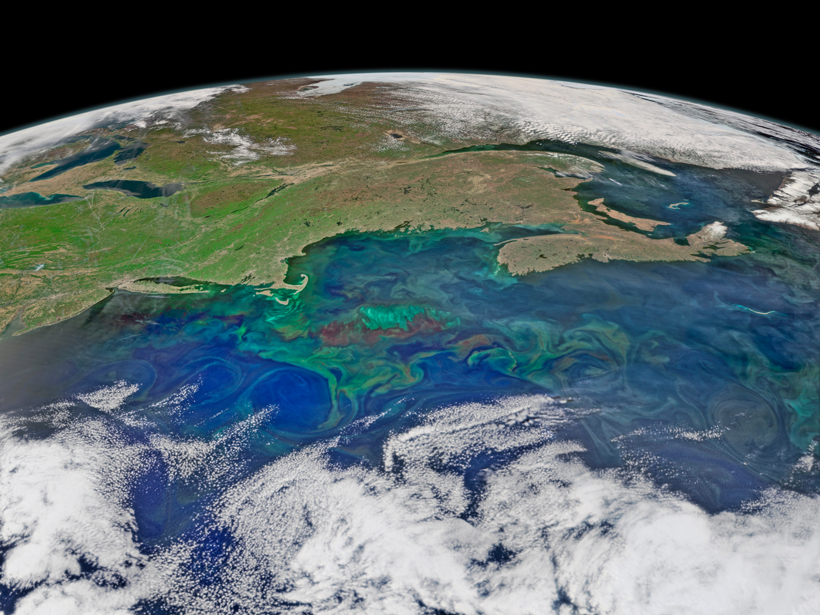Recent upgrades to the Jicamarca Radio Observatory in Peru allow it to probe electron densities several thousand kilometers above Earth, a feat it hasn't accomplished in 50 years.
Research Spotlights
Research spotlights are plain-language summaries of recent articles published in AGU’s suite of 24 journals.
Scientists Develop New Tool to Monitor Reef Health
A first-of-its-kind system could reveal short-term changes in threatened reefs worldwide.
Studying Martian Rocks Without Leaving Planet Earth
Matching Martian rock formations to those found on Earth can help researchers learn more about the Red Planet.
Deep Ocean Layers Continue to Heat Up
Researchers look at more than 3 decades of temperature trends in the deep ocean to understand the layers' energy budgets.
When Lower-Atmosphere Waves Invade the Upper Atmosphere
A review of the literature shows that weather nearer Earth's surface could produce up to 35% of the ionosphere's variability.
What Proportion of River Nutrients Reaches the Open Sea?
Results of the first geographically based estimates of river nutrient supply indicate that 75% of dissolved nitrogen and 80% of phosphorus reach the open ocean.
Plasma Waves Pinpointed at the Site of Magnetic Reconnection
When the Earth's and the Sun's magnetic fields meet, they realign in explosive and mysterious reconnections. Data suggest that plasma waves called kinetic Alfvén waves play a key role.
When Income Goes Up, Does Pollution Go Down?
Scientists look at a possible connection between increased wealth and decreased water pollution in Louisiana.
How Climate Change Affects the Flow of Carbon from Land to Sea
Changes in precipitation and runoff in New England may be driving more dissolved organic carbon into the Gulf of Maine.
Swirling Eddies in the Antarctic May Have Global Impacts
A new model examines how eddies in the Antarctic Circumpolar Current affect volume transport of the world's strongest current.









